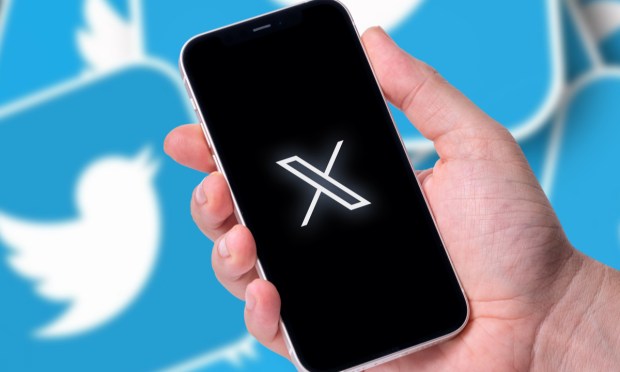
X, formerly known Twitter, has been laying the groundwork state by state to move further into money movement. In doing so, the social media stalwart underscores the appeal of branching out into financial services holds for digital-only firms.
But there are challenges in place in terms of getting to critical mass, as trust is critical component and regulators are tightening their collective gaze on the risks of non-bank firms forging new lines of business in lending, account setups and other activities.
As reported last week, X gained three new money transmitter licenses in the United States at the end of last month, adding Kansas, South Dakota and Wyoming to its roster.
As of now, the tally of states where the company has money transmission permission stands at a dozen. All of the licenses were granted this year, indicating that X’s efforts are quickening. As reported, the registrations are tied to a business named “X Payments,” which is part of the company broadening its efforts to let users send and receive money across the platform.
As detailed here, at the beginning of the year, Twitter (pre re-branding to X) had signaled its intent to solidify payment plans and processes to embed payments into its offerings, in order to offset some of the volatility of ad-based revenue dependence.
User data collected alongside payments and in social media activity can conceivably be used to cross-pollinate social commerce and, eventually, more banking-related activities, in a continuum of interactions across a super app.
But challenges lie ahead.
Last month, the U.S. Treasury Department’s Financial Stability Oversight Council approved a new analytic framework for financial stability risks and updated guidance for non-bank financial company determinations process. The new rules govern the process for “considering whether to designate a non-bank financial company for Federal Reserve supervision and prudential standards” under the Dodd-Frank Act.
As the report noted, this could subject these companies to Federal Reserve oversight and greater capital and liquidity requirements.
And during a September speech, FDIC Chairman Martin J. Gruenberg discussed the risks of such entities, saying that “bank-like services operated outside the regulated banking environment, such as those just described, can pose opaque risks and interconnectedness that could adversely affect the safety-and-soundness of banks or result in consumer harm.”
There are at least some indications that consumers are interested in digital-only channels from non-bank providers to get their payments and financial services-related activities done.
In the midst of the pandemic, PYMNTS Intelligence found that 49% of consumers are highly interested in receiving online banking services from large organizations. Though the market share has been limited thus far, it has not been insignificant, as only 14% of small businesses and gig workers only use digital banks.
The read across here is that should platforms and services like X add dedicated accounts to their offerings, they might see increased payments activity and an onramp to loans and high yield savings accounts.
But trust is a key concern, and consumers make their choices based on whether they believe their data is protected. According to a PYMNTS study, 59% of consumers have said they trust primary banks to keep credentials safe via vaulting, trumping PayPal at 49% and FinTechs at 3%, indicating that the platforms and digital natives have a road to travel before that trust is established.